Electrification takes pole position at Frankfurt Motor Show 2019
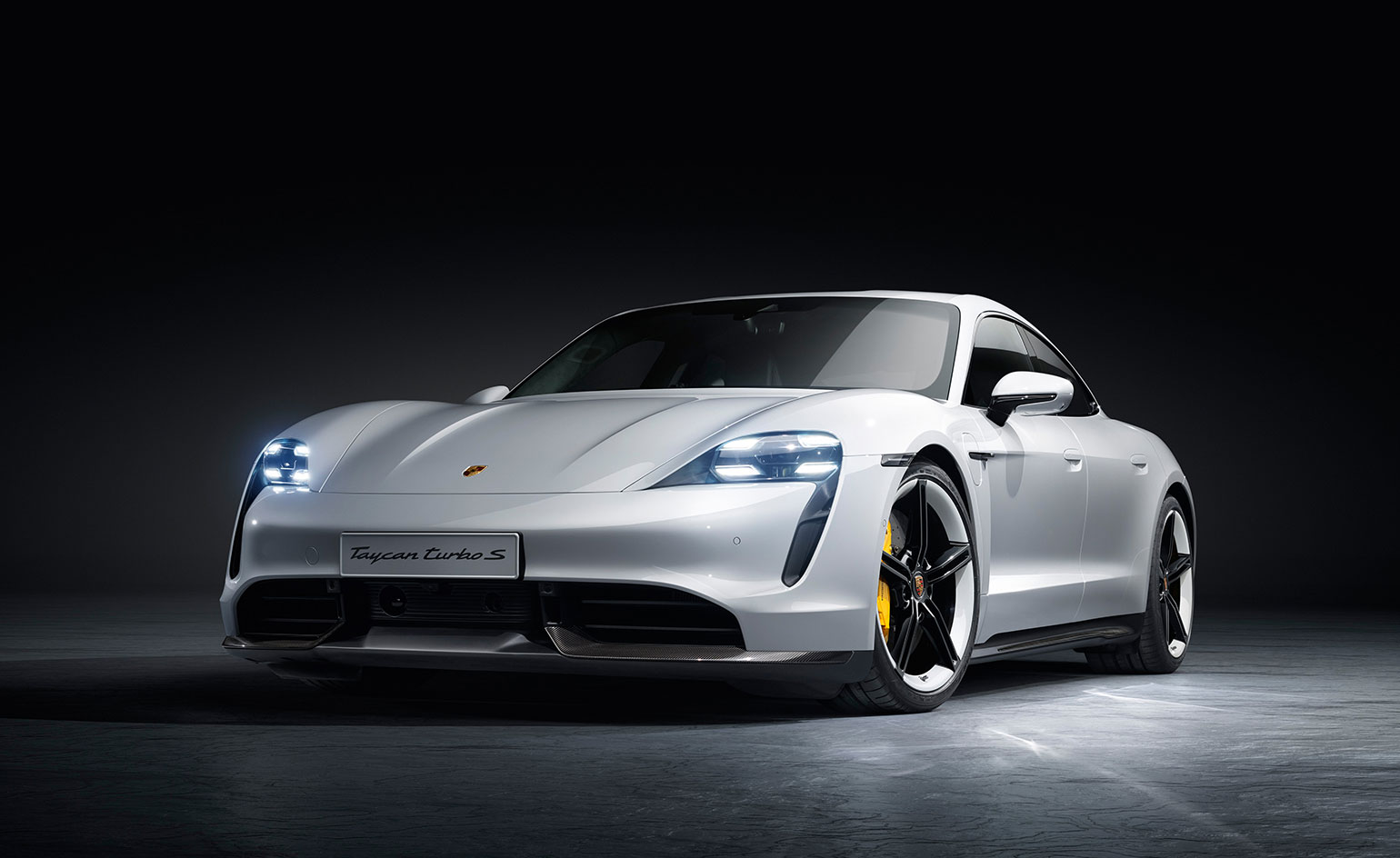
There may have been grumbles from within the Frankfurt motor show about fewer exhibitors than in previous years and protests outside about the automotive sector’s contribution to climate change, but say what you will about the biennial German event, it still has the power to attract major attention and warrants scrutiny.
All the big German brands rolled out significant models, most notably VW’s ID.3 – its first made-to-measure full-electric car and the first of at least six from the same modular platform – that suggests it really does want to put its Dieselgate scandal-blighted past behind it. To signal the symbolic shift VW even unveiled a new, more humble 2D version of its formerly shiny 3D one. Electric power was king everywhere at the show. Even Land Rover’s long-awaited new Defender 4x4 – previously a very chuggy and usually no-nonsense diesel vehicle – now boasts a mild hybrid version plus a plug-in hybrid to follow, alongside its traditional petrol and diesel offerings.
Beyond the established Western marques, Chinese newcomer brands were more numerous than at previous European shows – with both Wey and Byton the most convincing. In particular, the 48-inch wide infotainment screen on Byton’s production-ready M-Byte impressed with its ambition and software, and is unmatched by any other maker in the world right now (the interior screen of Honda’s endearing ‘e’ city car also unveiled in Frankfurt, is the nearest). Both should deliver their cars to customers by mid-2020.
The appetite for such high-tech EVs is out there, demand outstrips supply in many cases, so now the carmakers need to deliver on their promise in sufficient numbers, and be matched by public charging infrastructure. Out of five main halls populated by vehicle manufacturers, here are Wallpaper’s 2019 Frankfurt top six unveils…
Volkswagen ID.3
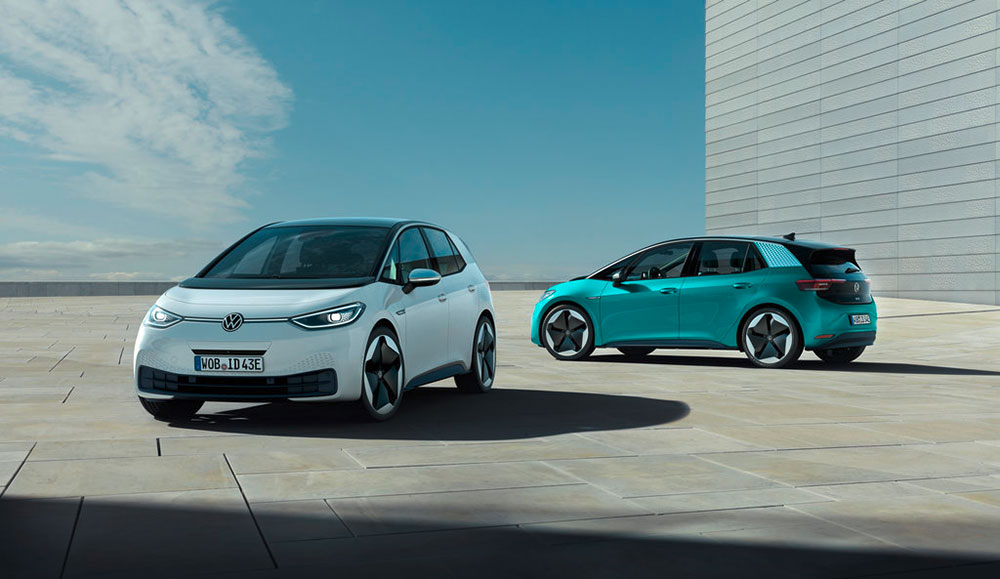
The positive news from VW’s stand was the reveal of the production-ready ID.3 with most of the charm of its conceptual forebear intact. The product design-inspired and Golf-sized five-seat hatch is the start of an all-electric family which will be produced in the millions and spawn a large saloon, several SUVs, a 21st camper van and possibly a beach buggy and a racing car too. Jump inside the ID.3 and apart from the high-tech screens the design is noticeably simple and pared back. ‘It’s about the democratisation of electric mobility to get the price point down,’ head of design Klaus Bischoff explains, ‘and also at the end of its lifespan it’s then easier to dismantle and recycle.’ UK prices should start from circa £27,000 and begin in mid-2020, with home-charging wallboxes from £300. VW says the ID.3 is as important to its history as the Beetle and the Golf and it might just be proved right – which after years of being in the wrong over emissions cheating – is a good thing.
Land Rover Defender
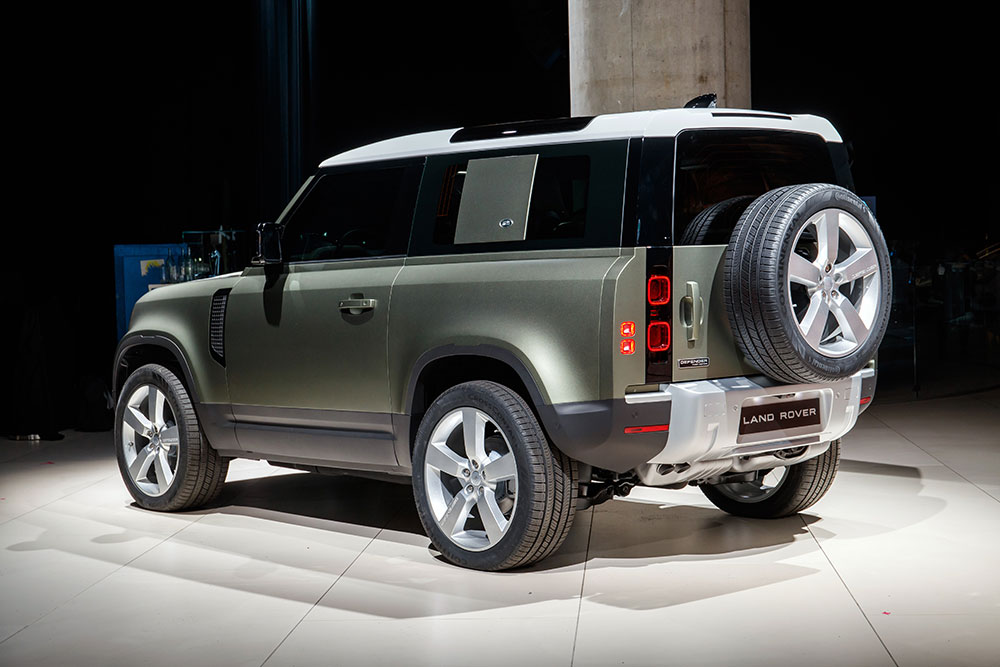
We’ve had to wait a long time for this most famous vehicle silhouette to be refreshed. Two concepts for a new Defender were shown in 2011 and the basic shape dates back to the very start of the brand in 1948. But looking at all those influences, the production-ready new Defender stays pretty true to what endeared it to so many. Some critics feel the new design doesn’t look rugged enough, but its boxy and functional proportions remain, practical steel wheels are an option and the new model will surely still have the necessary skills to ‘go-anywhere’, albeit costing a little more money than before. The commercial van-back version will starts from £35,000 rising to £40,000 for the six-seat 90 edition and £45,240 for the 110 version with five-, six- or 5+2-seat configuration possibilities.
Mercedes-Benz Vision EQS
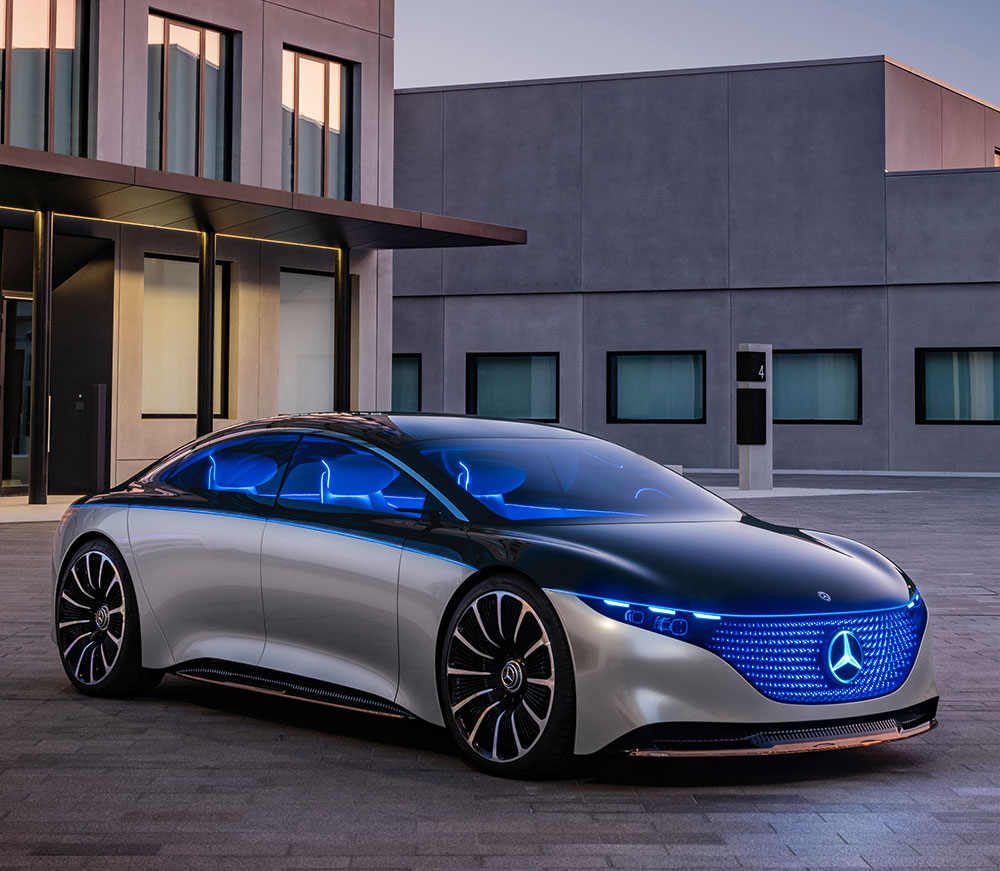
The Vision EQS concept limousine was the headline news on the Mercedes stand and is significant as the first design on a new electric platform which will lead to many other luxury EV production models. It’s also crucial to the ambition of Mercedes’ parent company Daimler and also announced in Frankfurt, to become CO2-neutral by 2039. The Vision EQS continues Mercedes’ quiet sophistication in design approach too. ‘Everybody is still putting slashes and creases on the sides of their cars while we do simple and clean designs,’ Gorden Wagener, chief design officer told us. ‘We vary that for all our luxury cars but the EQ models should be the most progressive.’
The large battery pack required for a longer-distance EV is accommodated and visually hidden between a considerably lengthened wheelbase and by using larger wheels, while in side view the car is unified by a silhouette that has become almost a single arc, (or what Mercedes calls a ‘one-bow’ design, as in a rainbow shape). Either way, Wagener promises 80 per cent of the Vision EQS’s design will make it through to the production EQS due circa 2022 and will sell alongside the brand’s next S-Class limousine, not replace it.
Porsche Taycan
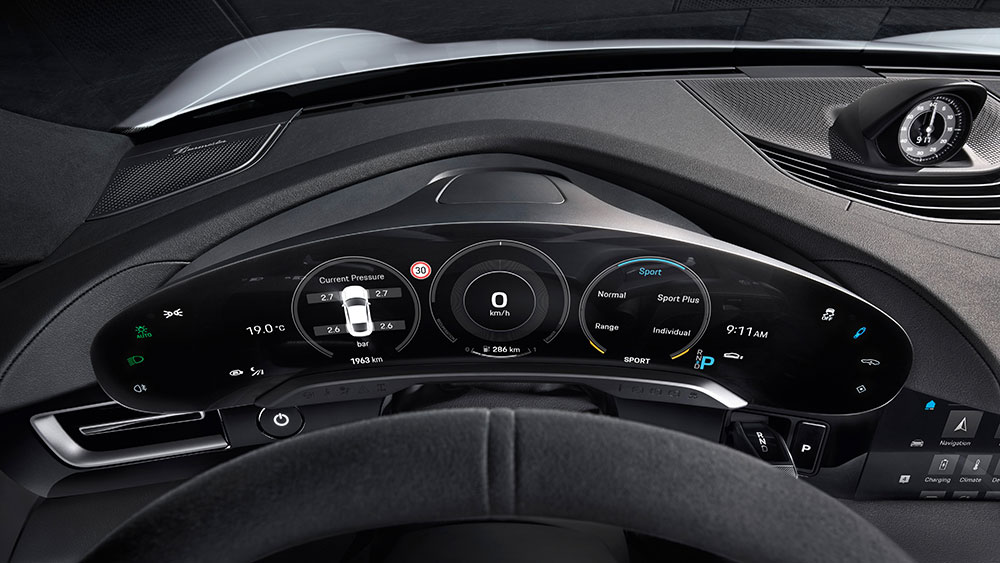
Porsche is one step ahead of Mercedes on its luxury electric saloon journey, unveiling its four-seater Taycan production EV ready to buy now and true to the Mission E concept of 2015 that prefaced it. The interior features a modern design with frameless driver display – the bulky cowl on previous models has been dispensed with as Porsche found a way to manage without by adding a sunglasses-like polarisation effect on top of the screen glass to avoid unwanted reflections. And by moving some of the battery packs to the outer edges, rear passengers’ feet effectively sit within a hollowed-out section, thus allowing them to sit lower and the roofline to remain swoopy. The Taycan is not for the masses – what Porsche is? – but a technical tour de force nonetheless and a big psychological leap for the previously combustion-engined stalwarts.
Hyundai 45 Concept
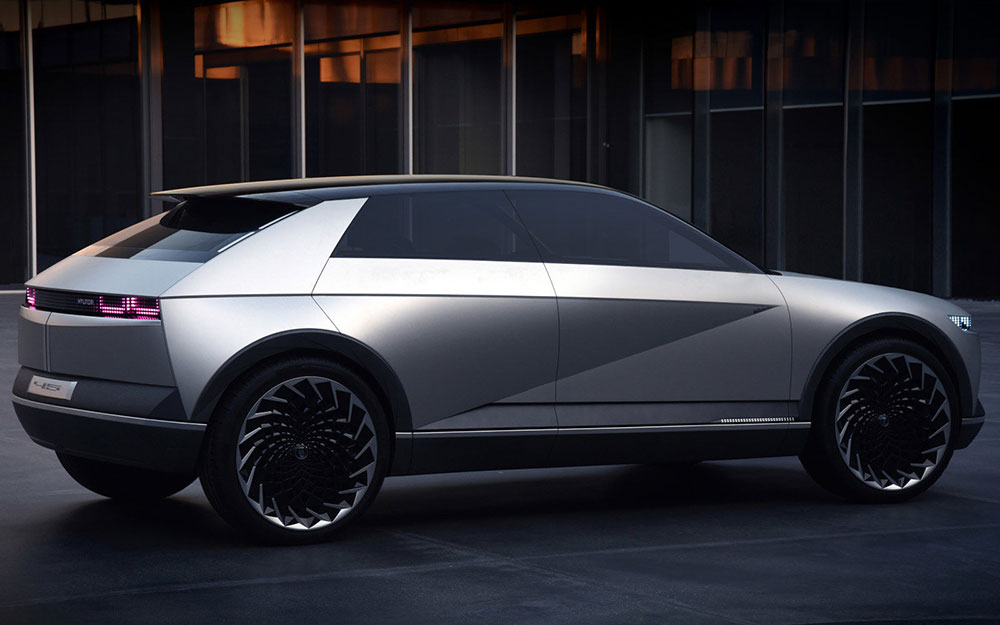
Another brand looking to the past to find inspiration for the future at Frankfurt was Korean brand Hyundai. Its 45 concept paid homage to the number of years since its significant Pony Coupe concept of 1974 designed by Giorgetto Giugiaro, the independent design legend also behind the first VW Golf, Fiat Panda and DeLorean DMC-12. Behind the nostalgia of its retro lighting effects and angular proportions, the 2019 concept is superbly modern in execution and has a wonderful lounge-like interior enhanced by a louvred sunroof which throws light into the space like natural sunlight can sometimes do through a blind in a domestic living room. No pre-production teaser this, but the 45 indicates Hyundai’s clean design approach underpinned by electric powertrains, is heading in a very tasteful direction.
BMW Vision M Next
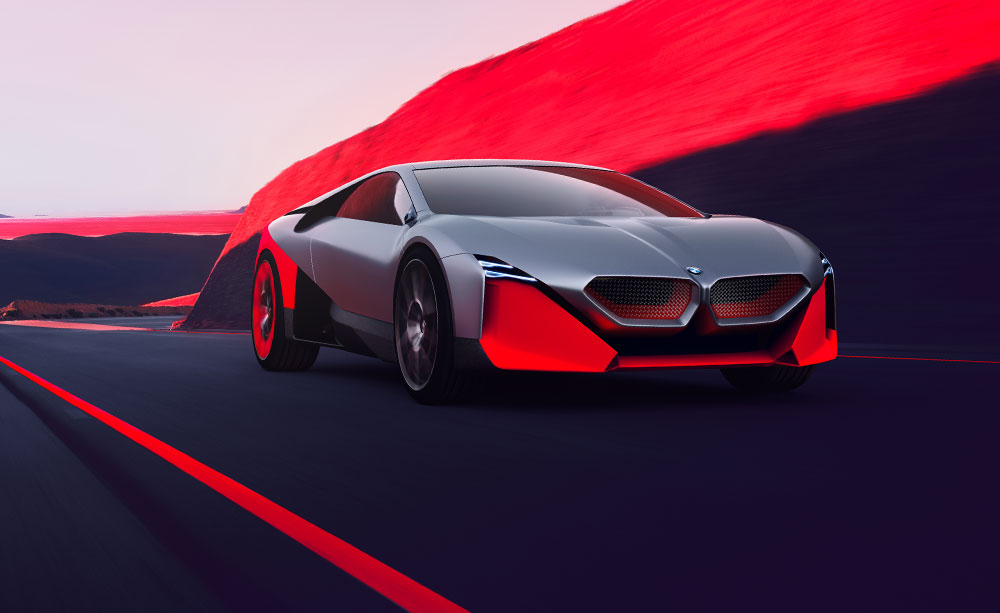
Technically, BMW’s Vision M Next supercar was revealed to the world some weeks before Frankfurt but its public debut at the show was the best thing on the BMW stand by far, in the opinion of all the critics and experts we bumped into during motor show week. Hunkered down, angular and well-proportioned, with a convincing new interpretation of the brand’s famous kidney grille, plus a dynamically diagonal two-tone paint job.
Wallpaper* Newsletter
Receive our daily digest of inspiration, escapism and design stories from around the world direct to your inbox.
INFORMATION
Guy Bird is a London-based writer, editor and consultant specialising in cars and car design, but also covers aviation, architecture, street art, sneakers and music. His journalistic experience spans more than 25 years in the UK and global industry. See more at www.guybird.com
-
 The Subaru Forester is the definition of unpretentious automotive design
The Subaru Forester is the definition of unpretentious automotive designIt’s not exactly king of the crossovers, but the Subaru Forester e-Boxer is reliable, practical and great for keeping a low profile
By Jonathan Bell
-
 Sotheby’s is auctioning a rare Frank Lloyd Wright lamp – and it could fetch $5 million
Sotheby’s is auctioning a rare Frank Lloyd Wright lamp – and it could fetch $5 millionThe architect's ‘Double-Pedestal’ lamp, which was designed for the Dana House in 1903, is hitting the auction block 13 May at Sotheby's.
By Anna Solomon
-
 Naoto Fukasawa sparks children’s imaginations with play sculptures
Naoto Fukasawa sparks children’s imaginations with play sculpturesThe Japanese designer creates an intuitive series of bold play sculptures, designed to spark children’s desire to play without thinking
By Danielle Demetriou
-
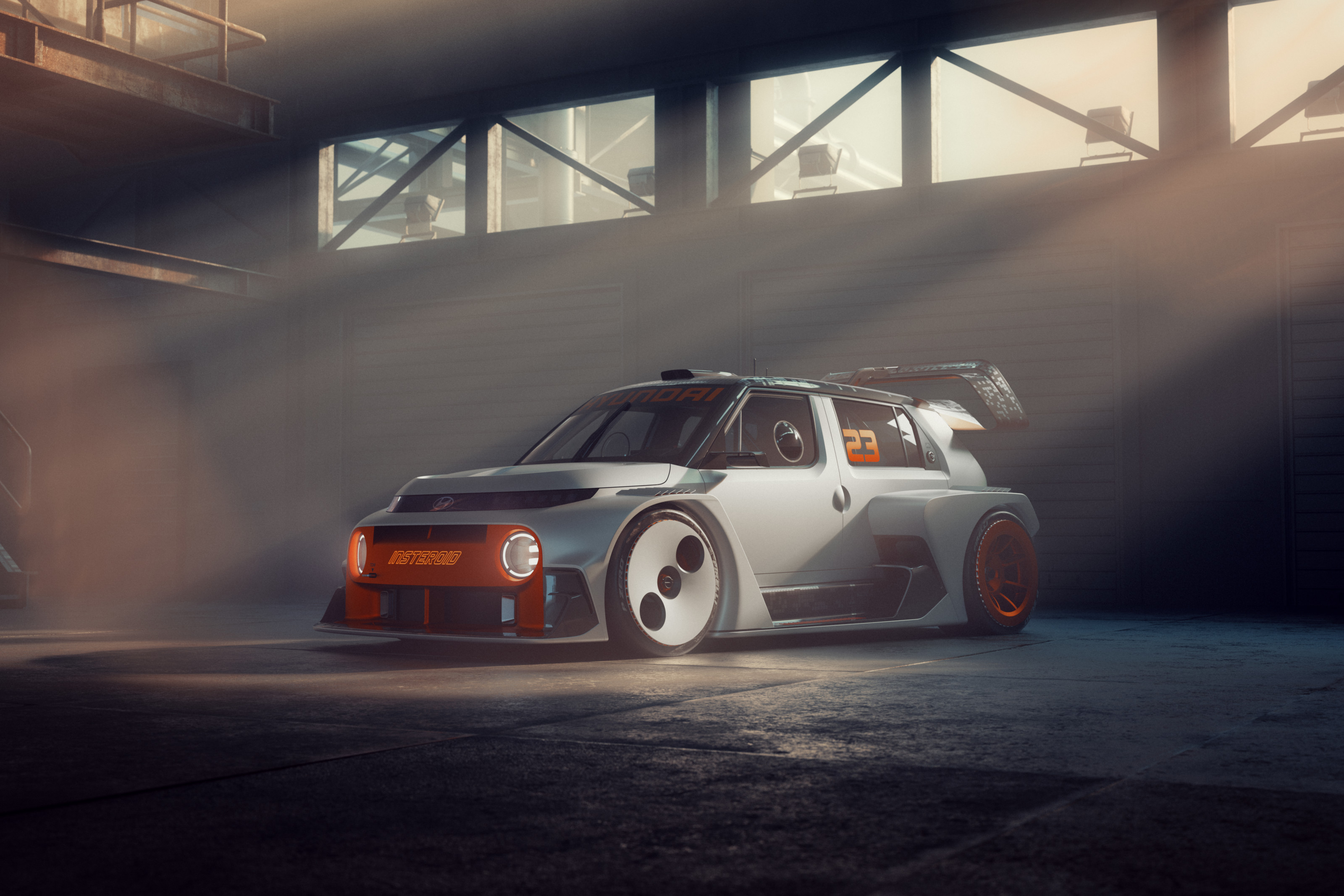 2025 Seoul Mobility Show report: all that's new and notable
2025 Seoul Mobility Show report: all that's new and notableOpened at a time of high national drama, the 2025 Seoul Mobility Show has gone on to underscore Korea’s place at the cutting edge of the auto industry. Guy Bird was there
By Guy Bird
-
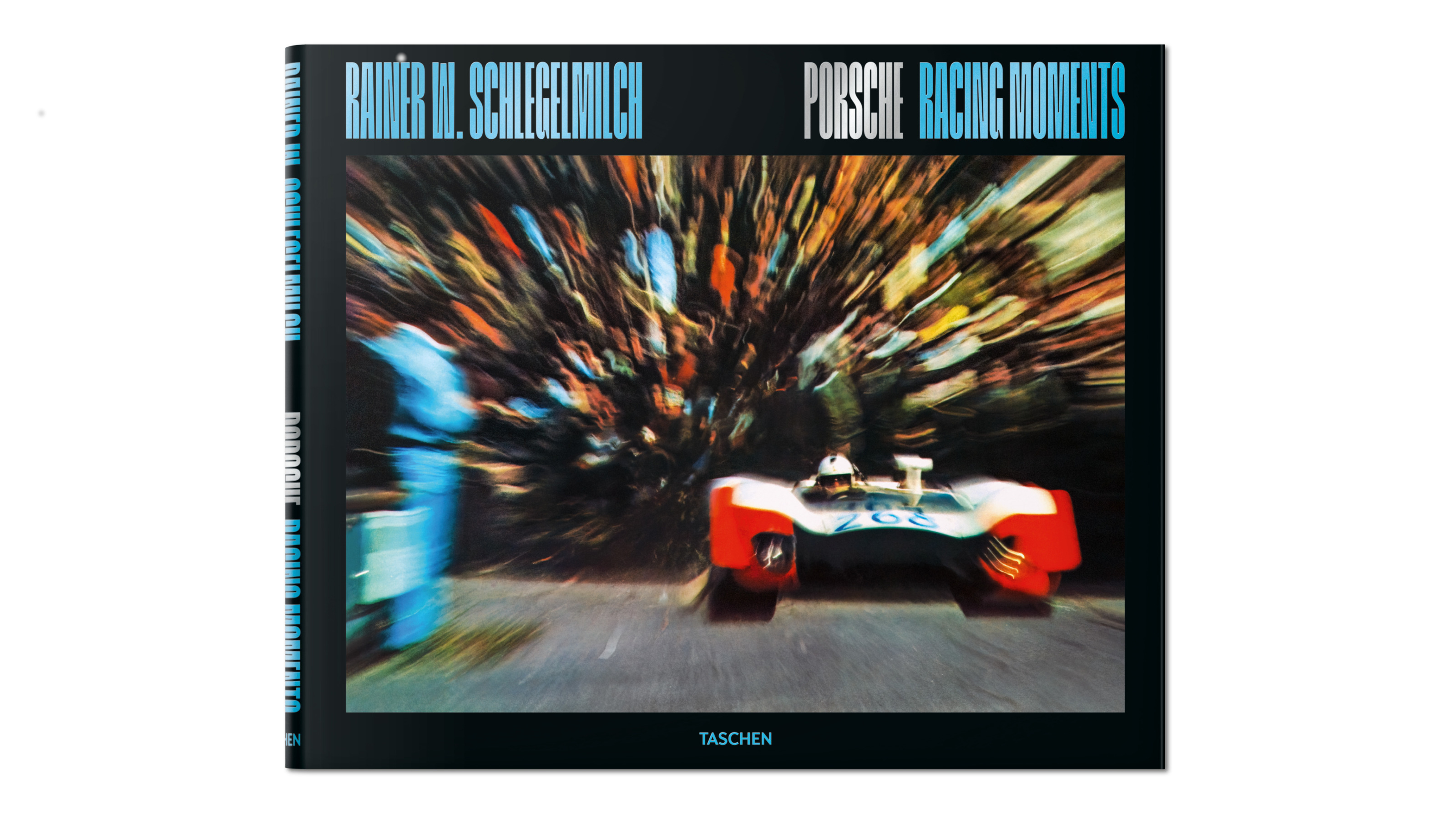 Rainer W. Schlegelmilch's Porsche photography showcases the aesthetics of speed
Rainer W. Schlegelmilch's Porsche photography showcases the aesthetics of speedTaschen's new edition of Rainer W. Schlegelmilch’s collected imagery from a quarter of a century spent following Porsche racing highlights historical machines, emotive camera technique and major moments on the track
By Jonathan Bell
-
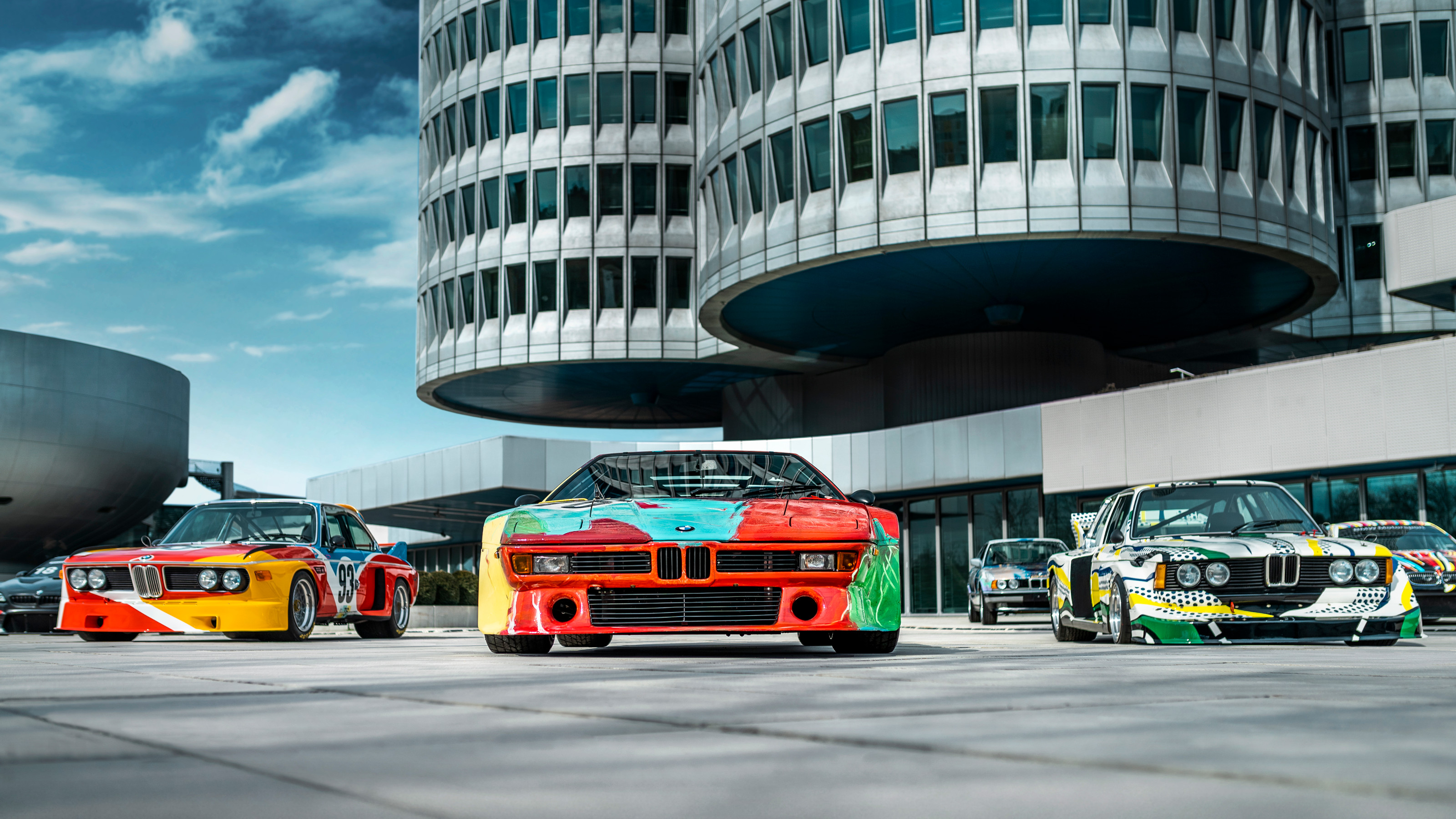 BMW celebrates half a century of its pioneering Art Car project with exhibitions and more
BMW celebrates half a century of its pioneering Art Car project with exhibitions and moreWe present a portfolio of the artists who have contributed to 50 years of BMW Art Cars, including Andy Warhol, John Baldessari, Jenny Holzer and David Hockney
By Jonathan Bell
-
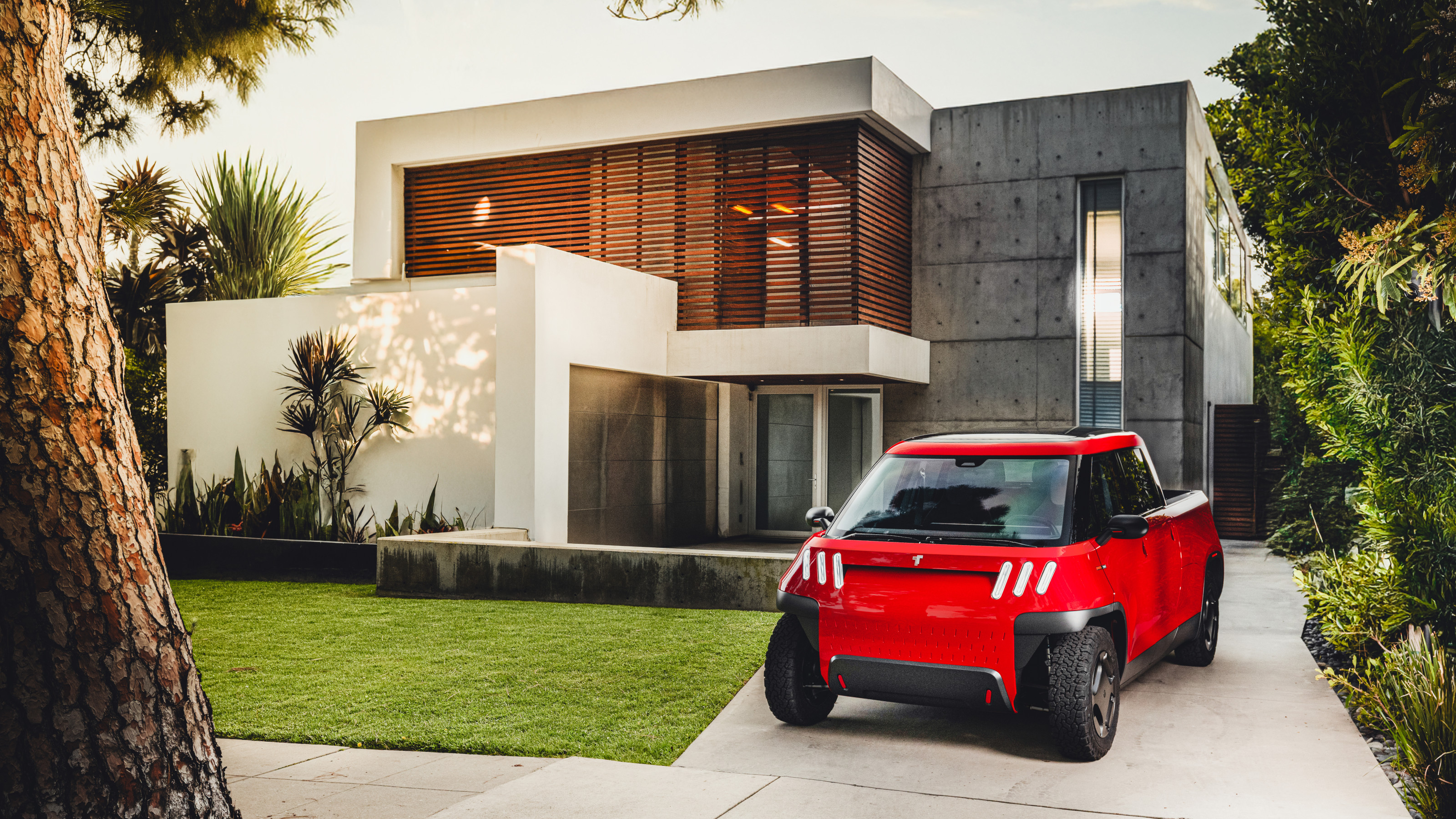 Meet the final drivable prototype of the Telo MT1 pickup truck, shaped by Fuseproject
Meet the final drivable prototype of the Telo MT1 pickup truck, shaped by FuseprojectThe Telo MT1 is a modestly scaled EV that turns the traditional all-American approach to pick-up truck design on its head
By Jonathan Bell
-
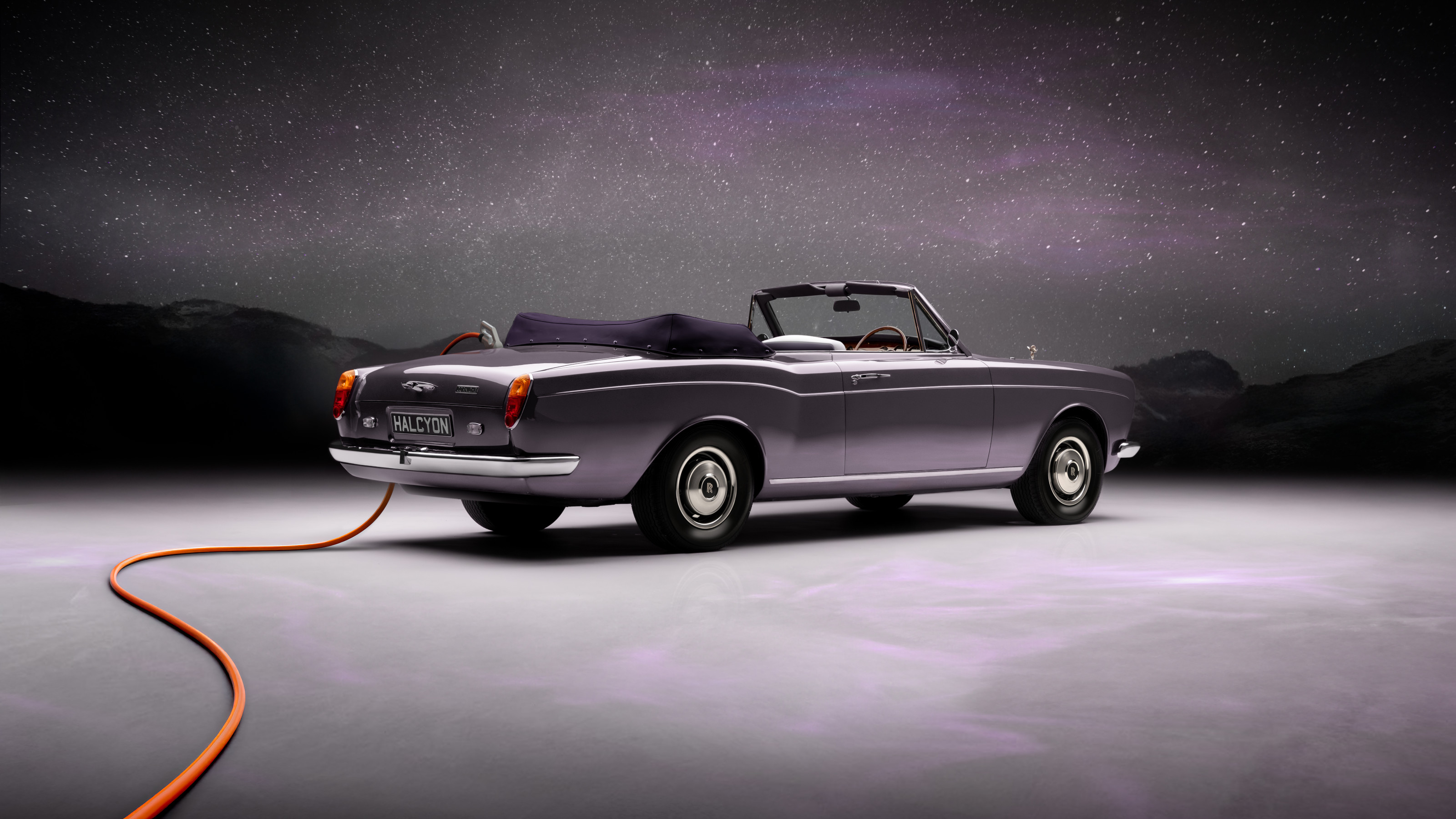 EV start-up Halcyon transforms a classic 1970s Rolls-Royce into a smooth electric operator
EV start-up Halcyon transforms a classic 1970s Rolls-Royce into a smooth electric operatorThis 1978 Rolls-Royce Corniche is the first fruit of a new electric restomod company, the Surrey-based Halcyon
By Jonathan Bell
-
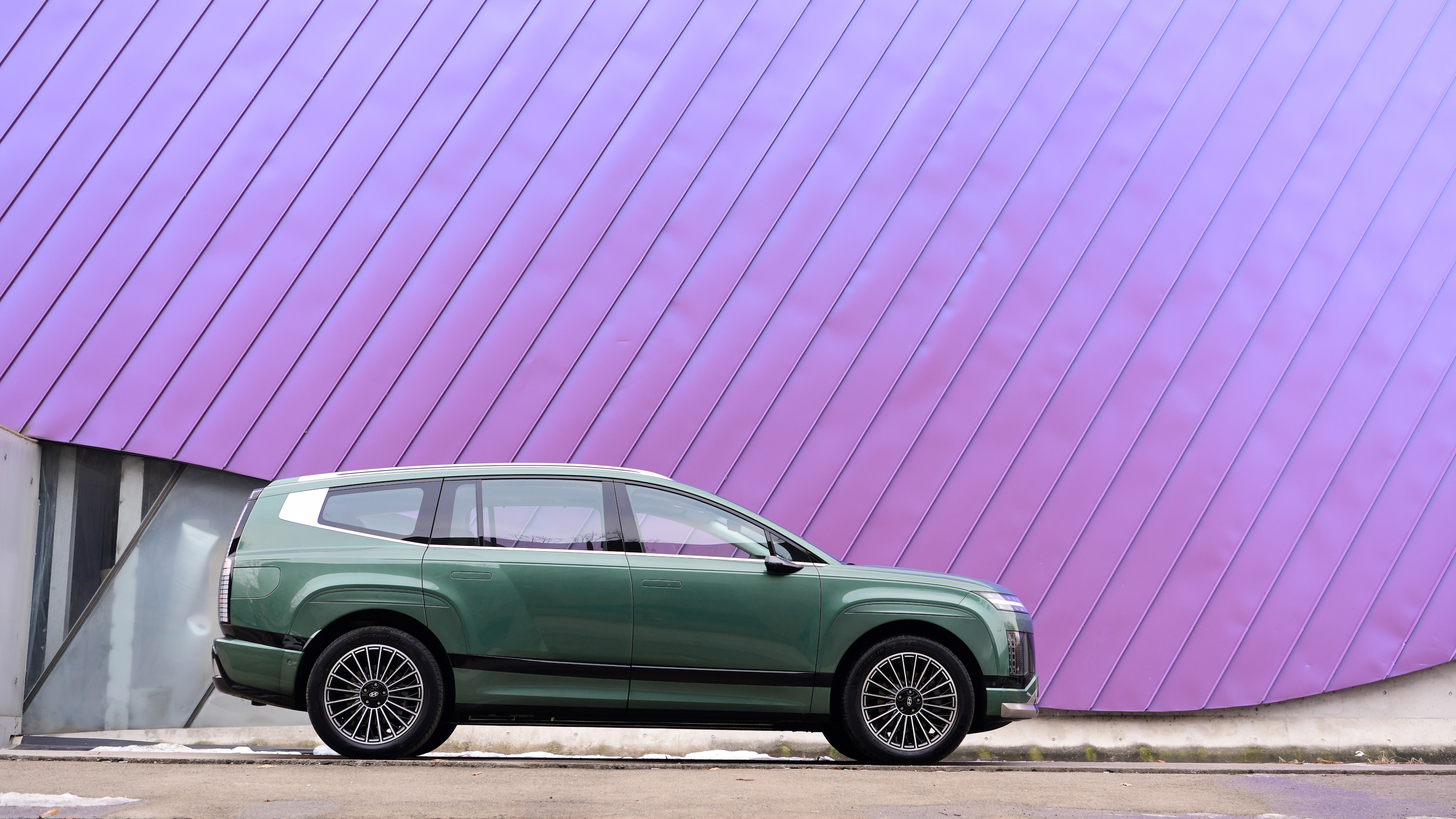 Long-range, refined and spacious, the new Hyundai Ioniq 9 is like a private jet on wheels
Long-range, refined and spacious, the new Hyundai Ioniq 9 is like a private jet on wheelsWallpaper* takes the Ioniq 9 on an electric road trip from Seoul to Busan to explore Hyundai’s newest and largest EV to date
By Jonathan Bell
-
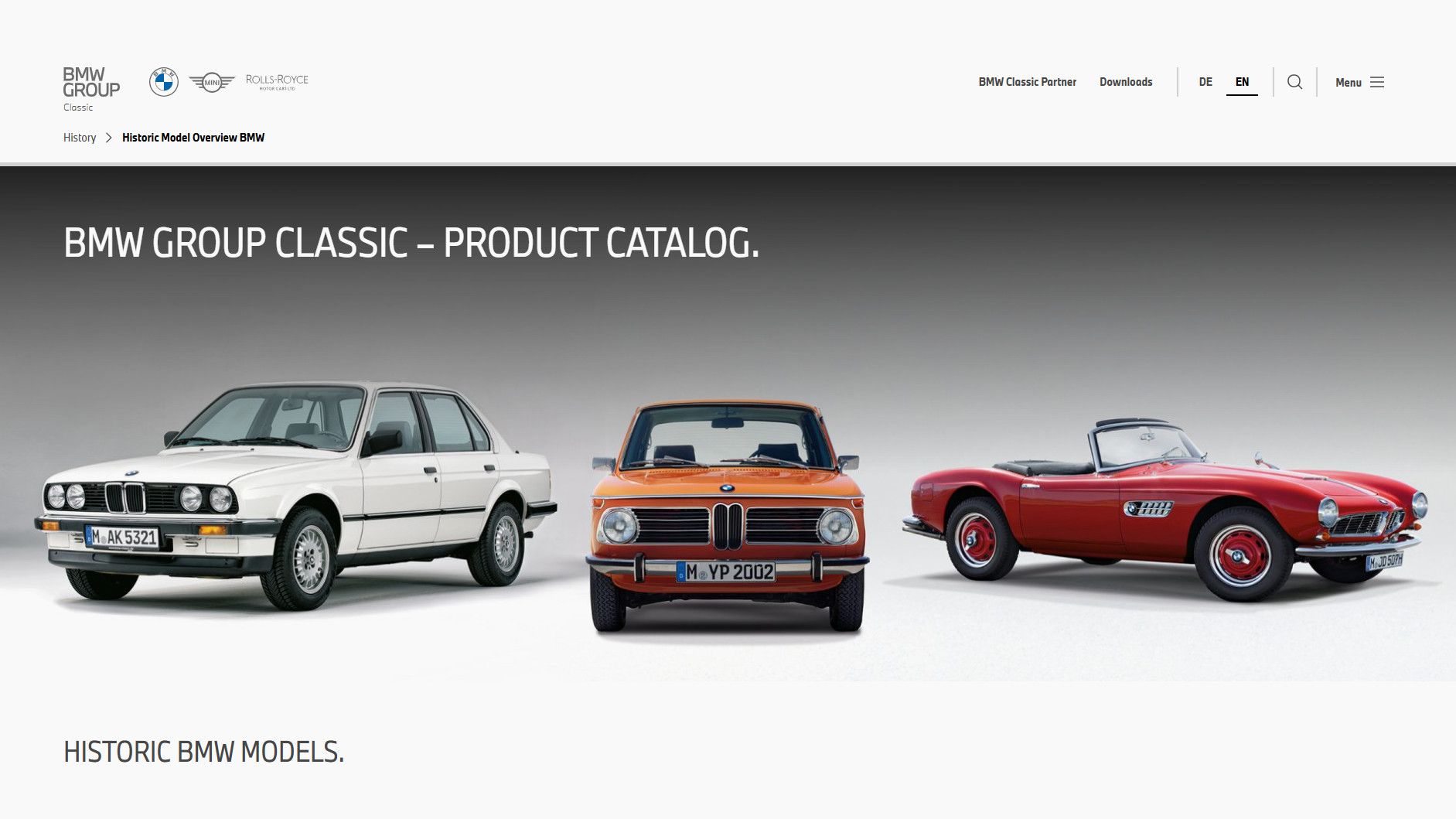 Peruse the new BMW Group Archive to explore the evolution of BMW design over the decades
Peruse the new BMW Group Archive to explore the evolution of BMW design over the decadesFor lovers of the marque, BMW’s commitment to online archiving is second to none. The latest website from the Bavarian manufacturer is this extensive visual catalogue of 80 years’ worth of BMW design
By Jonathan Bell
-
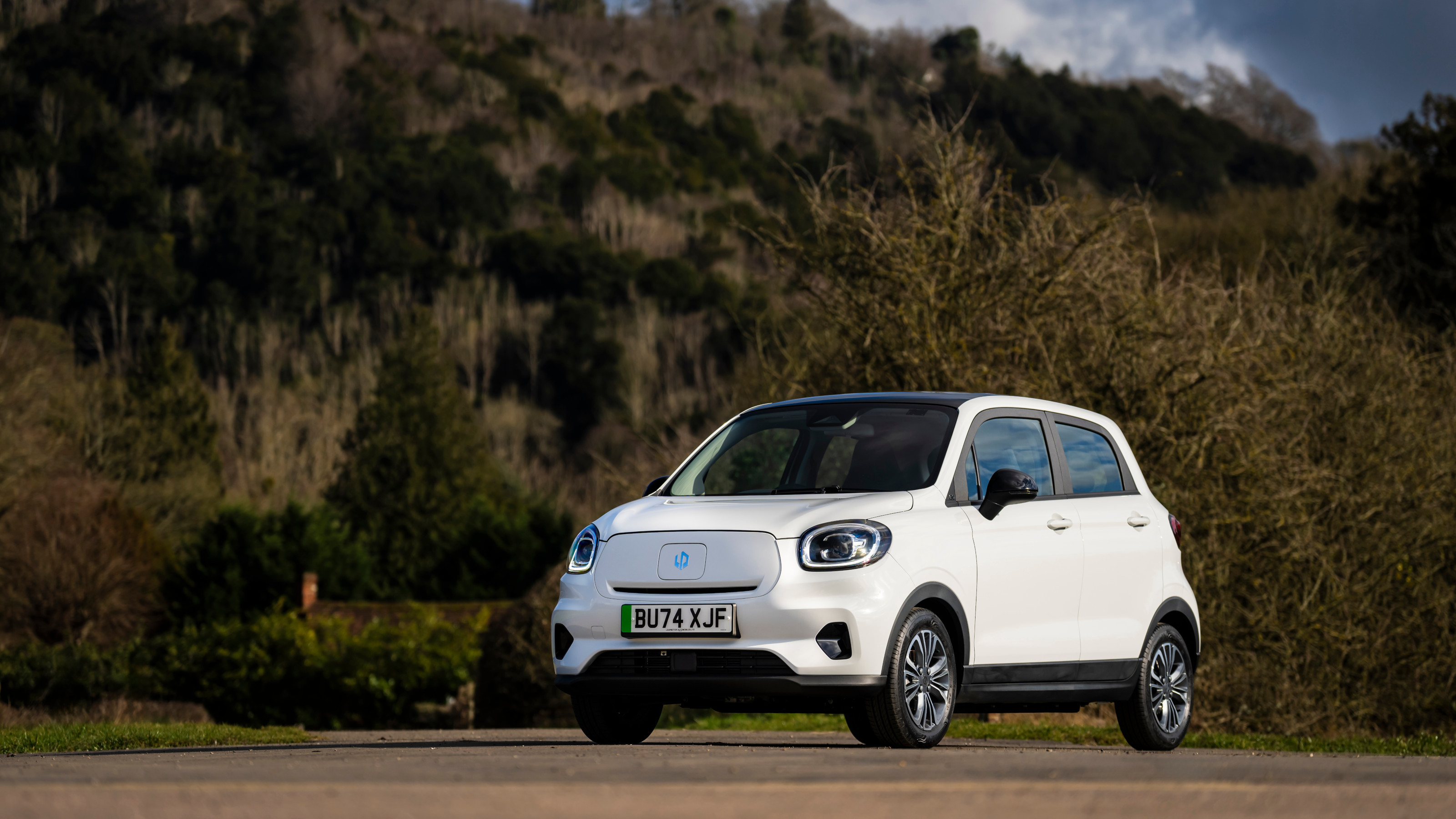 China’s Leapmotor pounces on the European car market with its T03 city car and C10 SUV
China’s Leapmotor pounces on the European car market with its T03 city car and C10 SUVLeapmotor’s tiny electric city car could be just the tonic for cramped urban Europe. We sample the T03 and its new sibling, the fully loaded C10 SUV, to see if the company’s value proposition stacks up
By Jonathan Bell